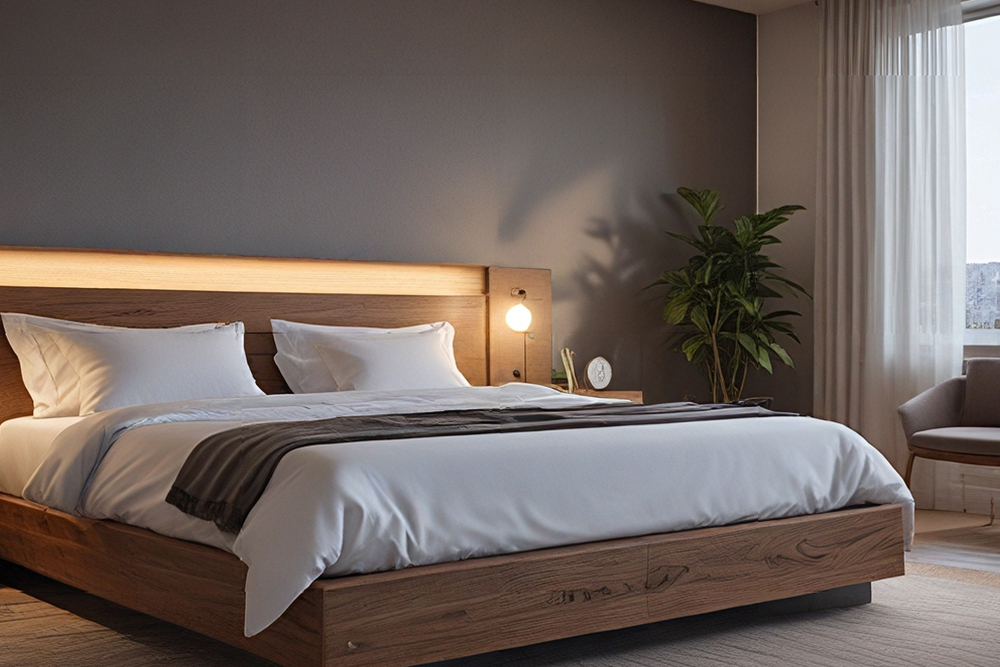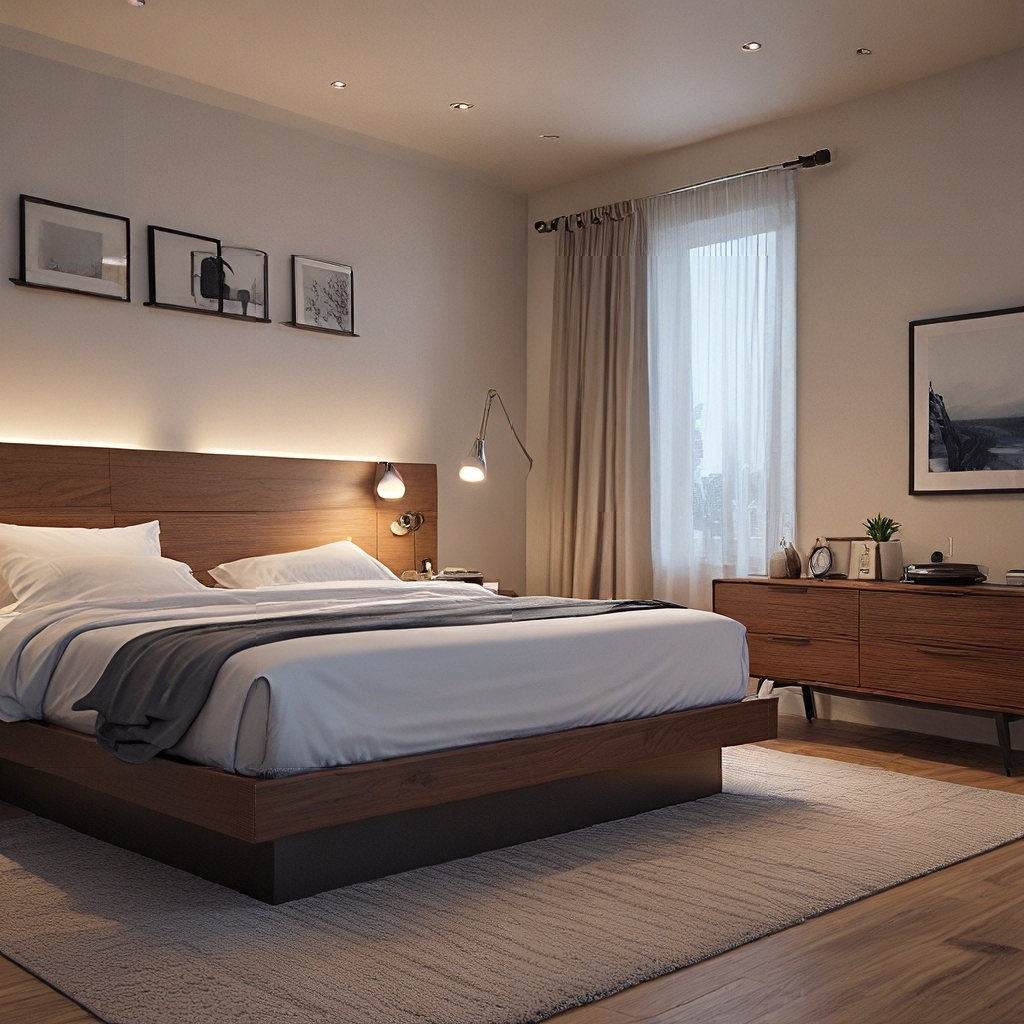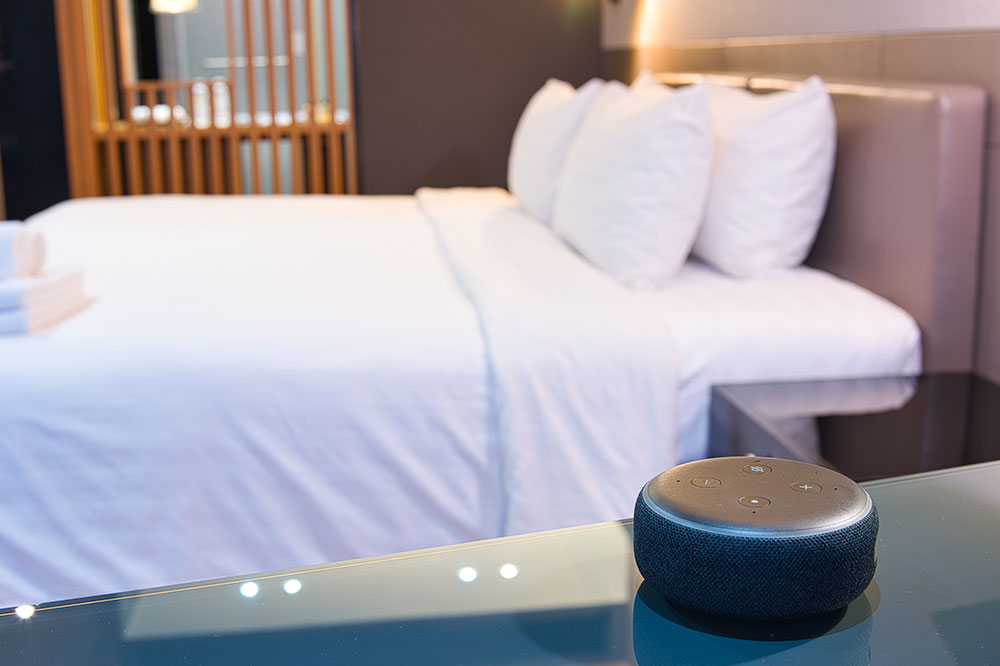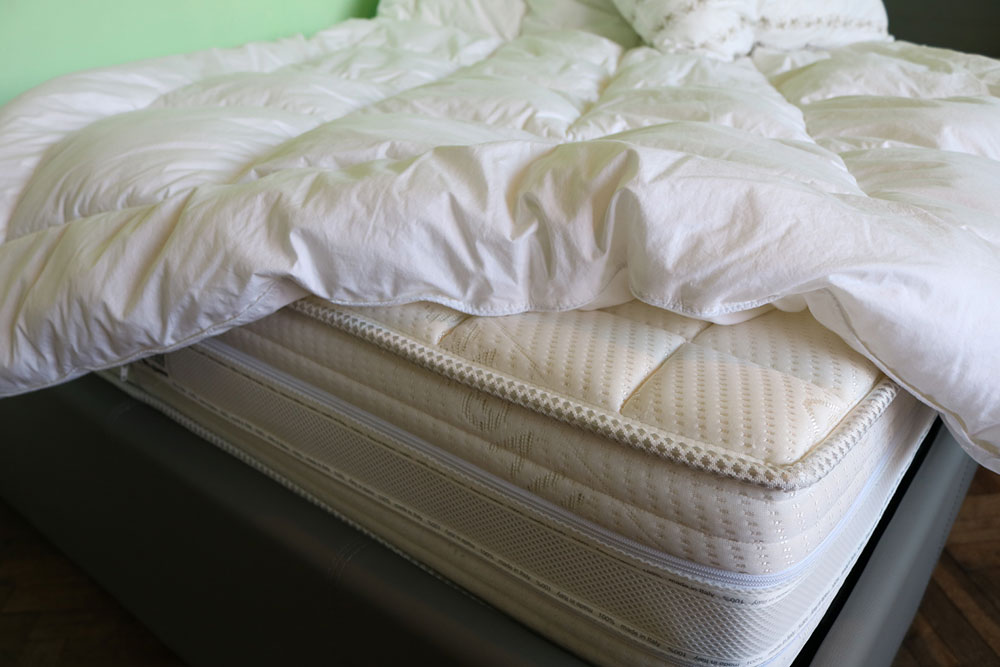Advanced Smart Sleeping Solutions: Features, Benefits, and Buying Advice
Discover the latest in sleep technology with our guide to smart beds. Learn about their innovative features, benefits like personalized sleep adjustments, and tips for choosing the right model. These high-tech beds monitor sleep patterns, adjust settings automatically, and seamlessly integrate with smart home devices, offering enhanced comfort and better rest. Whether you're seeking basic features or advanced customization, this overview helps you make an informed purchase to improve your sleep quality and overall well-being.

Advanced Smart Sleeping Solutions: Features, Benefits, and Buying Advice
Getting quality sleep is essential for overall health, and choosing the right bed plays a crucial role in achieving restful nights. With a wide array of options available, selecting the ideal bed can be overwhelming. Among them, smart beds stand out as high-tech options designed to enhance sleep comfort. Also called intelligent beds, these use cutting-edge technology to monitor sleep patterns and make adjustments for optimal rest.
What are smart beds?
Smart beds incorporate advanced features like motors, sensors, and smart components that track various sleep metrics. These beds analyze data such as sleep quality, breathing, and movement, allowing for personalized adjustments to improve rest.
By tracking sleep patterns, these beds can adapt settings like temperature and firmness to suit individual preferences, creating a tailored sleeping environment.
Advantages of smart beds
Many smart beds utilize multiple sensors embedded throughout the frame to collect data such as heart rate, breathing, body movement, and sleep stages. This information is processed in real-time by integrated computers, which adjust bed settings to optimize comfort and sleep quality.
For example, some beds can detect snoring and automatically elevate the head to reduce it. Additionally, integrated sleep apps allow users to monitor their sleep patterns and receive tips for better rest. These beds can also automatically modify temperature based on body heat for a more comfortable sleep environment.
Main features of smart beds
Sleep and environmental monitoring: Sensors measure heart rate, movement, temperature, and breathing, as well as room factors like noise and light levels.
Sleep analytics: Track sleep duration, quality, interruptions, and positions, providing objective data through built-in algorithms and connected apps.
Customizable mattress settings: Adjust firmness and temperature via remote or app to match personal preferences.
Audio features: Include calming sounds, white noise, alarms, and meditation sounds to enhance sleep quality.
Smart home integration: Connect with Wi-Fi-enabled devices like voice assistants (Google Home, Alexa), thermostats, and smart lighting for a seamless experience.
Buying tips for smart beds
Determine your budget: Prices vary from around $1,000 to over $40,000. Setting a budget helps narrow options and avoid overspending on unnecessary features.
Match features with needs: Choose a bed with functionalities that align with your goals—whether sleep tracking, customization, or integration with other devices.
Check material quality: Ensure the bed’s components are durable and made from high-quality materials to ensure longevity and consistent performance.
Note: Our blog provides diverse insights and practical tips based on research. However, readers should verify information as it may vary across platforms. We do not assume responsibility for discrepancies or offers outside our content scope.










